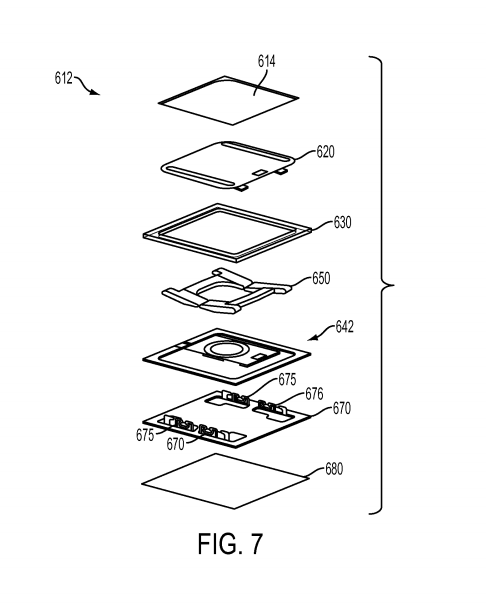Thursday, Apple introduced brand new versions of its 13” and 15” inch Touch Bar MacBook Pros, a line with keyboards that have been felled by specks of dust. The new MacBook Pros do have updated keyboards, but they don’t have a radically different design, indicating that Apple is still chasing thinness over repairability and upgradeability.Whether the new, “quieter” keyboard can protect itself from dust and crumbs is far more important than the other details—faster processor, more RAM, etc—and it’s a question we won’t know the answer to for several months, until these things get heavy use by millions of people.
Advertisement
Surely the new MacBook Pro keyboards will be better. But with such a costly design flaw in the previous generation, you’d hope to see a more significant redesign toward repairability and sustainability. Early reports from journalists who have used it say that hasn’t happened.
According to Wired, the keyboards have been tweaked but not totally redesigned. They still use the “butterfly” mechanism (which refers to the clips underneath the key caps). Butterfly clips have thus far shown themselves to be susceptible to dust; they are also difficult to repair and fragile.“This started in 2012 with the first Retina,” Kyle Wiens, the CEO of iFixit, told me. “The keyboard was better but repairability was terrible. They’ve been getting away with it for so long, there may not be very many engineers left at Apple that designed the actually repairable machines.”With the MacBook Pro keyboards that Apple recently issued a “Keyboard Service Program” for, the situation usually went like this:An Apple spokesperson confirmed that MacBook Pros with broken keyboards are being recycled, not refurbished.
- A key stops working (Apple says: “letters repeat unexpectedly … letters do not appear … keys feel ‘sticky.’”)
- You blast the keyboard with canned air
- Maybe the key still doesn’t work, so you remove the keycap
- Eventually, or if you’re not delicate enough, you snap the “Butterfly” mechanism that the keycap connects you, and you now have a keyboard—and a computer—that is permanently broken
Advertisement
“The clips themselves are much more fragile than previous models, and if one of those is damaged, it won’t seat properly anymore,” Aaron Dziel, of The Bookyard, which specializes in MacBook keyboard repair, told me. “If the mechanism is physically damaged there’s very little you can do to fix it besides swap the top case.”

Because Apple has designed the keyboard as one big piece that’s glued to the battery and other internal components, this has resulted in Apple simply replacing half-a-computer for the customers whose $2,000+ investment has been felled by dust.“I don’t have any idea how to disassemble the part to fix it. It’s such a bad design, one busted key and the whole thing may be toast,” Wiens said.With as much of a PR and business nightmare that the keyboards have been, you’d hope that Apple would significantly redesign the keyboard and would highlight the specific changes that have been made to regain consumer trust. Presumably, these keyboards will be more resilient.But Apple has not significantly changed the form factor of the laptop itself, meaning we’re still likely to see a keyboard that’s glued to the other internal components (a byproduct of the company—and the industry—chasing thinness.) This means that when keys do break—and for some people, they will break, because people will spill things on their computer, or get crumbs in it, or botch a repair and break a butterfly clip—the MacBook Pro will turn into e-waste.After announcing the keyboard replacement program, I asked Apple what was happening to the computers that were returned as part of the program. A spokesperson confirmed that they are being recycled, not refurbished. This isn’t a desirable outcome, because, generally, recycled e-waste is shredded rather than reused. In fact, Apple has contracts with third-party recyclers that require them to shred MacBooks and iPhones.I asked Apple a series of questions about its keyboards. First, a spokesperson sent me this link: “Here’s some public info on recycling and what Daisy can do (our newest disassembly robot),” the spokesperson said. Daisy and its earlier robot, Liam disassemble iPhones only, as that link shows. The spokesperson confirmed that Apple does not use disassembly robots on MacBooks or MacBook Pros. A separate spokesperson would not answer a question about whether Apple is doing the recycling itself or is using third-party recyclers, nor would they give details about what the recycling process entails.For two years, Apple sold laptops with keyboards that necessitated a product line-wide repair program and resulted in the company being sued in multiple class-action suits. The most important thing about the new MacBook Pros, then, is whether the keyboard is, at the very least, more resilient than its predecessors. Beyond that, the specs don’t matter.
